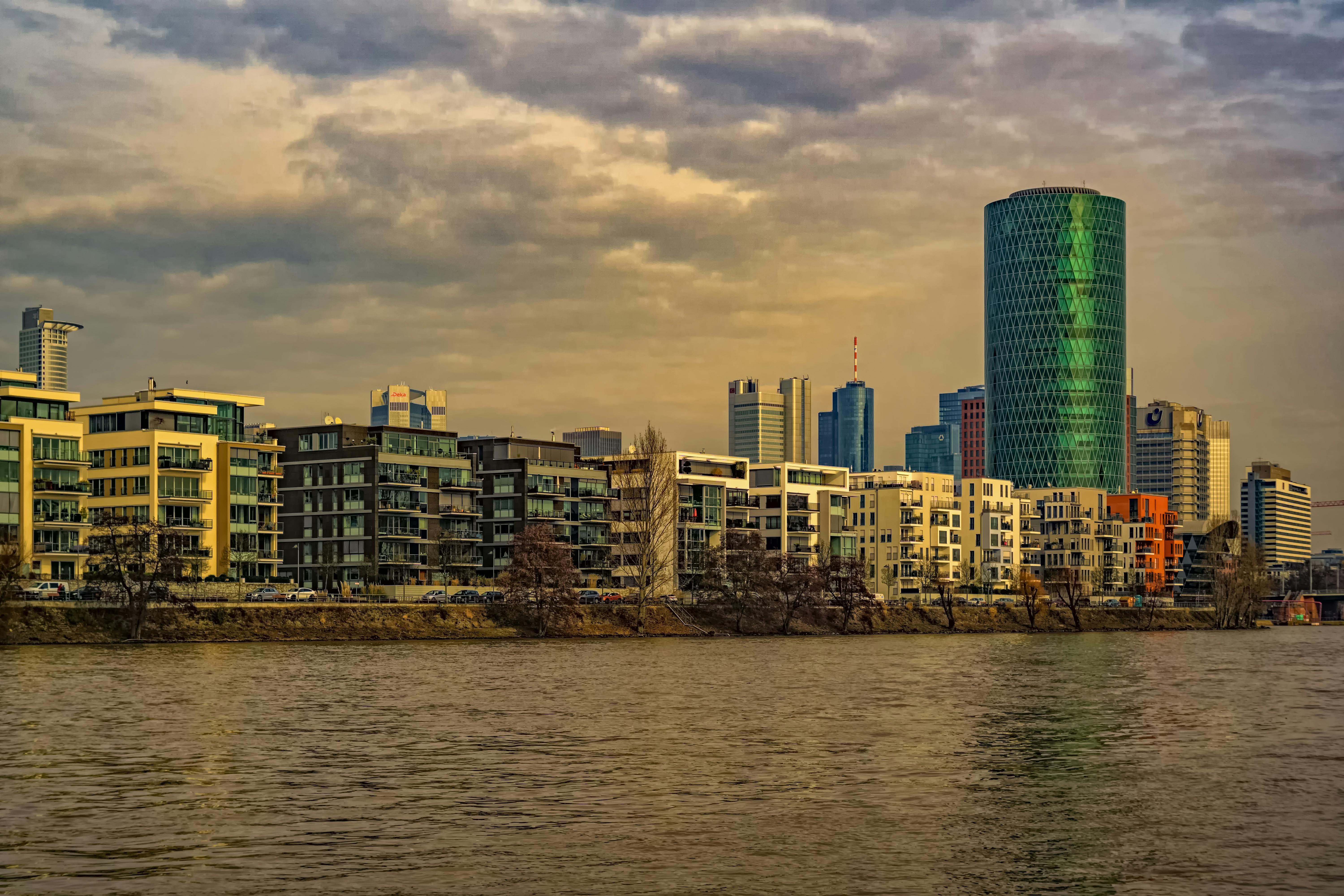Miami Beach Cando – Affordable Housing or Art Politics?
Earlier this week, Miami Beach City Commissioners unanimously approved an incentive package for affordable housing in a new district designated the bka CANDO Cultural Arts Neighborhood District Overlay (you know, for marketing purposes ala ” Health District” fka the Civic Center), making Miami Beach the first city in Miami-Dade County to create a district that attempts to offer affordable housing for artists.
The Arts Neighborhood’s boundaries are 24th Street and North Lincoln Lane to the north, Meridian and Lenox Avenues to the west, South Lincoln Lane to the south, and the Atlantic Ocean to the east. Some of you may know this area as Collins Park (I guess CANDO is much, much sexier), an area that is currently home to the Bass Museum, the new Miami Beach Regional Library, Jackie Gleason Theatre, Miami City Ballet, Collins Park, and the ever-so-successful Art Basel Miami Beach.
Does it surprise anyone that Miami Beach is the first municipality to attempt such a thing, even after Wynwood, in the city of Miami, long ago became the local cutting-edge art scene?
Kudos to Miami Beach for being the first to try to reverse gentrification by keeping and/or attracting the very people who, as a result of their “vanguarding,” led South Beach (SoBe) out of a drug and crime infested war. from the area glorified by the 1983 cult classic, Scarface, to the drug-infested, lust-filled, high-density “A-list” adult playground with some of the highest property values in lower Manhattan .
But is the City really trying to reverse gentrification?
At first glance, it sounds like a happy marriage between two different worlds, that of the developer and that of the struggling artist. However, a closer look at the City Planning Board Documents leaves me a bit perplexed and confused. Doesn’t smell like a tumbe to me yet, but…
As it currently stands, the underlying zoning district requires that units in rehabbed or newly constructed buildings meet a minimum of 400 square feet and a minimum total average size of 550 square feet. However, one of the recently passed overlay regulations exempts developers from meeting the average unit size of 550 square feet if 25% of the units are reserved for “cultural arts workers.”
“Cultural arts workers” are defined in Section 142-855 of the Planning Board Documents as “any person who is an artist or who works in any capacity within a visual or performing arts organization that meets Housing and Urban Development (HUD) guidelines for income eligibility for moderate income”.
“Moderate income” is defined as “households whose income is between 51% and 80% of the area median income as determined by the US Department of Housing and Urban Development.”
Now, I like to believe that I produce tastefully designed brochures and other forms of visually captivating promotional material as part of my duties as a real estate agent. Heck, I just finished playing Travis’s “Selfish Jean” from start to finish while he was writing this blog (and it sounded great too).
Do you see where I’m going with this?
The language used by the City is too vague and ambiguous and does not clearly define who qualifies for what, leaving too much room for interpretation by the powers that be.
Is the bassist of a local band an artist? Is the aspiring freelance novelist/writer working as a barista an artist? Is the newly graduated architect assisting in the design of a new building at CANDO an artist? How about the guy on Lincoln Road standing in front of the ArtCenter (of all places) dressed in his best ’60s rendition, The Angels’ “My Boyfriend’s Back”? Are you an artist?
What area are you referring to when determining income eligibility? Is it Miami-Dade County? Is it the city of Miami Beach? Is the zip code 33139? Is it the census tract? Is the municipality 32? Is the area covered by the CANDO Arts Quarter?
Will the only qualified “artists” be the politically connected few who pose for photo ops (helmet, shovel and all) with developers and city officials and then tout Overlay’s success in exchange for a 400-foot live/work space? squares? ?
Or will the struggling artist who discovers new types of pigments and new painting methods due to a lack of resources (ie cash) have the opportunity to become part of a self-sufficient, economically diverse, cohesive neighborhood?
For everyone’s sake, I can only hope for the latter.
